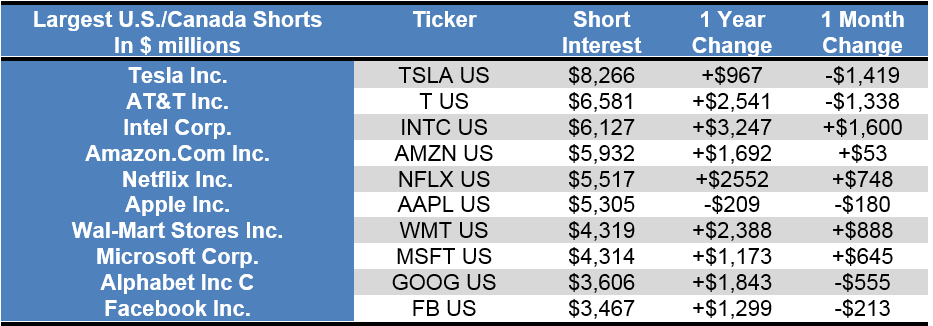From what I understand, the Panasonic portion of the Gigafactory is closed off to Tesla people, and vice-versa. The's still a lot of IP that Panasonic protects, and rightly so. Panasonic uses a chemistry developed with or by Tesla. The Grohmann group is dealing with assembling the cells into the battery packs. They could get the cells from Samsung for all they care. As I understand it, Tesla would have to make a significant investment in time and money to manufacture their own cells. That seems to be a foolhardy move since cells are quickly becoming commoditized. Tesla's moat is in adding value to those cells by rapidly assembling them into modules for use in TA and TE battery packs.
Tesla will let someone else take the hit for racing to the bottom for making the cells cheaply. That way, Tesla isn't vulnerable to a breakthrough in battery tech/format.
Your reply was thoughtful and may be right on some counts. Allow me to play devils advocate and push back on some of your comments.
1. Yes, the Panasonic portion of GF is closed off and maybe that has prevented nearly all Panasonic techniques from becoming known at some level by Tesla. My intuition is that with Panasonic working in Tesla's house and the partnership being very close, there may have been enough diffusion of knowledge the past few years that if/when Tesla wanted to vertically integrate battery production they could do so by working out there own specific manufacturing techniques with Grohmann leading the charge.
2. As to capex to do such a thing, once M3s are being built at 5 - 10K later in 2018, capital will not be in as short supply as now. Plenty that they will want to do with it, but they will have options open. Also CapEx for battery manufacturing lines is large but well short of cost for entire car assembly lines.
3. I'm fairly confident your comments re battery cells becoming commoditized are wrong in this Tesla context. The chemistry tweaks and physical changes Tesla has done have made their Panasonic manufactured cells the absolute top for use in best of class EVs.
TE getting Samsung cells for use in Australia does not prove Samsung can easily do the same for the different type Li ion cells used in Tesla vehicles. The cells that ARE becoming commoditized are Chinese company produced. Fine for lower end Chinese made EVs but not good enough for a Chinese EV at S/X level. As all here know, the European car companies are going to have to make do with second class cells for the next 5 years or more, since they haven't decided in time to make the investments needed to build their own first class cells. This is a big part of the moat that give the lie to bull claims that the ICE companies will catch up to Tesla soon.
4. Just to restate, I don't believe advanced Li ion batteries can be commoditized as readily as solar panels have been. That's opinion not anything I can support without a lot of research.
I'm not saying Tesla has plans to VI battery production in GFs which won't come online for 2 - 4 years and after, just that they could if they saw cost and profit advantages to doing so.



